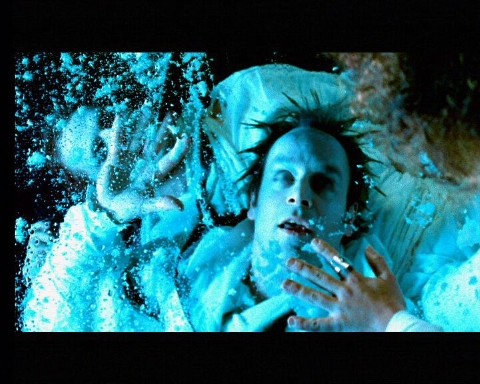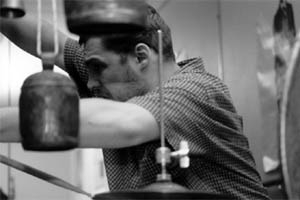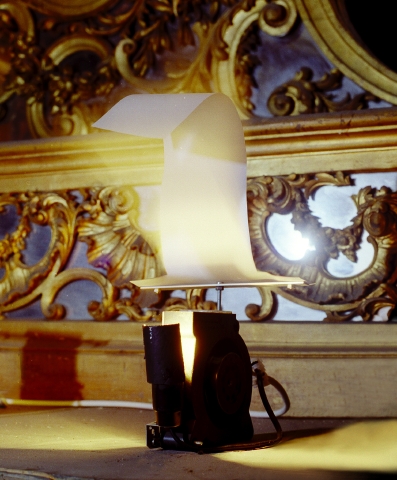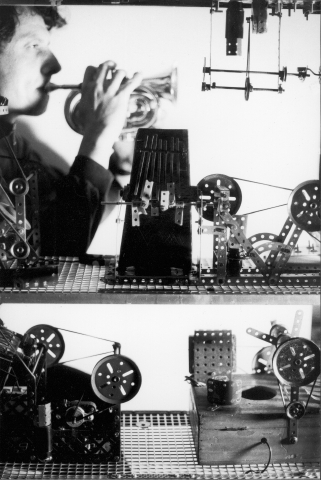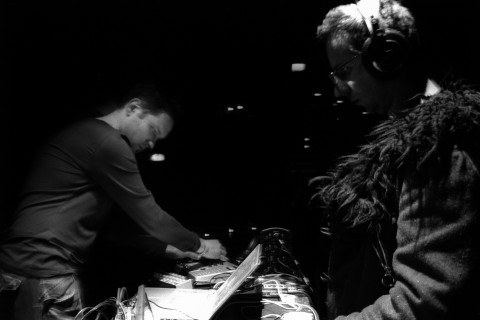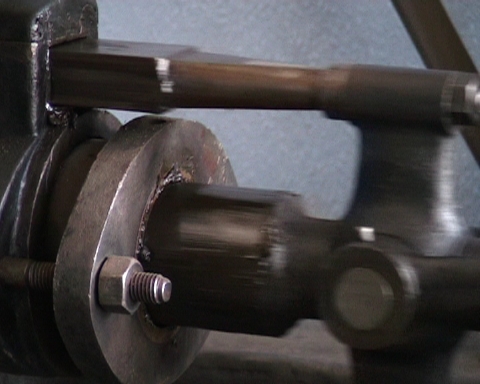ØYVIND BRANDTSEGG / STIAN WESTERHUS/ PEKKA STOKKE
ALEPH
Super energetic improvised electronic music with references ranging from Schönberg to Stockhausen, and from Led Zeppelin to Spy vs. Spy.
Stian Westerhus has since his homecoming from England in 2004 been one of the busiest musicians on the improv scene in Trondheim. He plays, and has done projects, with amongst others Terje Isungset, Arve Henriksen, Kjetil Møster og Paal Nilssen-Love, and plays in groups like Monolithic, Bladed and Puma.
Stian Westerhus is blessed with little or no respect for the guitar as an instrument, and you’ll find inspirations ranging from poly-rhythmical extreme metal, moderen classical, noise, folk music and free jazz. All in all a personal musicality with 110% energy.
Øyvind Brandtsegg is widely known as an electro-wizard. Øyvind has been active in such groups as Krøyt and Motorpsycho, but for the time being he is busy as a PhD Research Fellow, researching compositional techniques in improvisation. He is also developing his own software based on ”compositionally enabled instruments”, and Øyvind’s live sampler ImproSculpt set a new standard for the complexity of electronic instruments.
Tonight he plays the Marimba Lumina, and a totally new version of ImproSculpt.
Marimba Lumina is a melodic percussion interface buildt by Don Buchla. There are only made about 30 - 40 of these, two of them are in Norway, Øyvind owns them both.
Pekka Stokke is a video artist/visualist specializing in live video improv.
From chaotic cut-up film absurdities with freeimprov band MisteryTor, to soft, cozy movie abstractions with Kobert, lightplay with Krøyt, old school VJ mixing with Motorpsycho and interactive, generative videopainting with The School.
For this project, he has comissioned a magical videobending machine from dutch glitchism viz Karl Klomp. The machine is built on old hardware and chinese electronics, and the night will be spent exploring and destroying television aesthetics to the soundtrack supplied by Brandtsegg/Westerhus.
